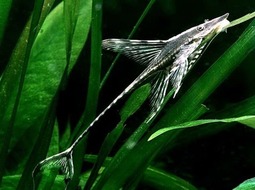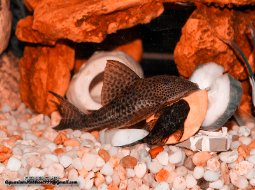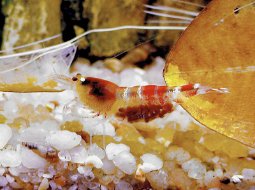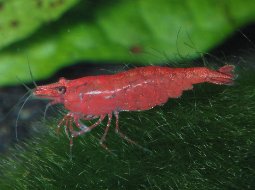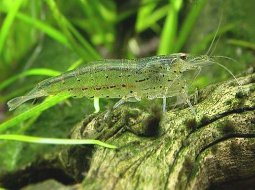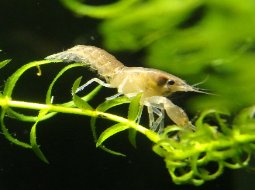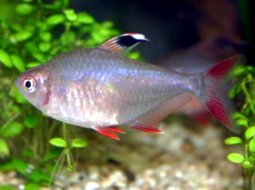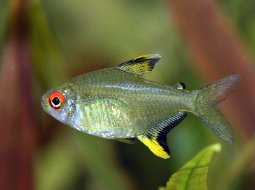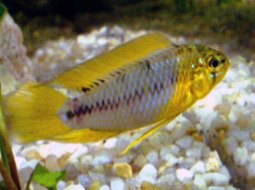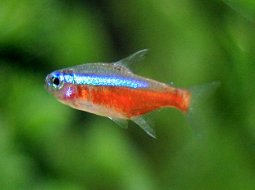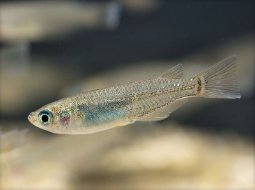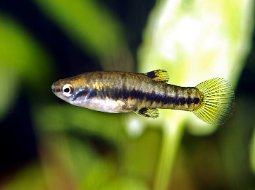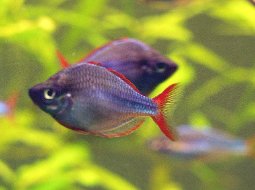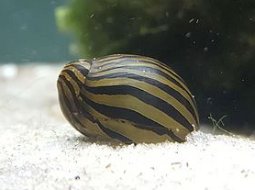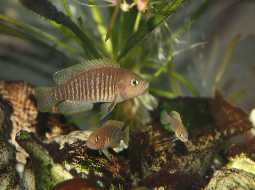
Loading Aqualapp ...
Care and Compatibility of Suckermouth Catfish - Gyrinocheilus Aymonieri
Introduction
The suckermouth catfish has an elongated and cylindrical body with a wide head. Their coloration varies, but they generally have shades of brown and black on their body. Their suction cup-like mouth allows them to scrape algae and debris off surfaces, making them excellent aquarium cleaners.
Behavior
The suckermouth catfish, scientifically known as Gyrinocheilus aymonieri, is an interesting and peculiar species. Its distinctive feature is a suction cup-like mouth that they use to attach to surfaces such as rocks and glass. They are peaceful fish and are often a popular addition to community aquariums.
Sexual Dimorphism
Sexual dimorphism in Gyrinocheilus aymonieri is minimal and difficult to distinguish. Both males and females have a similar appearance.
Reproduction
Breeding suckermouth catfish in captivity can be challenging. In their natural habitat, these fish reproduce in fast-flowing rivers and streams. To induce breeding in the aquarium, it requires recreating these conditions through regular water changes and providing spawning shelters. The eggs are deposited on flat surfaces, and parental care for the fry is limited.
Aquarium Conditions
Gyrinocheilus aymonieri, commonly known as the Chinese algae eater, requires a spacious aquarium with good water circulation and hiding areas. It prefers clean and well-oxygenated water. Aquarium décor should include rocks, driftwood, and hardy plants. Maintaining water quality is crucial and providing a balanced diet.
Feeding
They are primarily herbivorous and feed on algae and plant material. They use their suction cup-like mouth to scrape algae off aquarium surfaces. They will also accept commercial foods such as flakes, pellets, and fresh or frozen plant-based foods.
Complexity
Caring for Gyrinocheilus aymonieri can be moderately challenging. They are active fish and need plenty of space to swim. They are omnivores and accept a variety of foods, but their diet should include plenty of plant material to prevent them from becoming plant predators in the aquarium. They can be aggressive towards other bottom-dwelling fish.
In case you need more help, or if you want to know into any topic related to the Gyrinocheilus Aymonieri (Suckermouth Catfish) and even any other species you can use the forums to ask what you need.
To do an analysis more detailed about coexistence and behavior of Gyrinocheilus Aymonieri (Suckermouth Catfish) use the Aquarium simulation tool, if you do this you can test different ways to combine the Suckermouth Catfish with other fishes giving the dimensions and space on you aquarium, on this way you can known the optimal configuration for keep the fishes that you want.
You can also find out the 65 species compatible with the Gyrinocheilus Aymonieri (Suckermouth Catfish) can live together.
Note: The parameters of the water such as PH and temperature are also used to calculate the compatibility of the species.
Compatible species (65)
Compatible (5 Species)
Compatible without any restriction
Similar Sizes (1 Species)
They can coexist if they are the same size or very similar sizes, it does not work in all cases, there may be exceptions.
With Reservation (13 Species)
Compatible in some cases, it depends on the nature and personality of the fish.
Las especies territoriales por lo general pueden convivir con especies protegidas con coraza, ya que no pueden hacerles daño por su dura piel, lo que si hay que tener en cuenta es tener un acuario con dimensiones favorables para que cada pez pueda delimitar un territorio, ya que la mayoría de peces acorazados son también peces de fondo y les gusta estar buscando lugares donde ocultarse.
Showdown over territory (20 Species)
Fish can live together as long as the space is spacious enough to delimit a territory, otherwise there may be aggressions for competing for the territory.
Territorial fish can usually live with fish protected with armor, since they cannot harm them because of their tough skin, what must be taken into account is to have an aquarium with favorable dimensions so that each fish can delimit a territory, since that most armored fish are also bottom fish and they like to be looking for places to hide.
Los peces territoriales por lo general pueden convivir con peces protegidos con coraza, ya que no pueden hacerles daño por su dura piel, lo que si hay que tener en cuenta es tener un acuario con dimensiones favorables para que cada pez pueda delimitar un territorio, ya que la mayoría de peces acorazados son también peces de fondo y les gusta estar buscando lugares donde ocultarse.
Territorial fish can usually live with fish protected with armor, since they cannot harm them because of their tough skin, what must be taken into account is to have an aquarium with favorable dimensions so that each fish can delimit a territory, since that most armored fish are also bottom fish and like to be looking for places to hide.
Puede haber mayor grado de defensa de territorio con otros ejemplares de su misma especie.
Considerable size difference (25 Species)
They can coexist while they are similar in size or the size difference is not very abysmal, since as the fish grows it increases the chances of eating its partner that did not grow much.
Food competition (1 Species)
They can live together but you have to be careful since it is likely that the fastest fish will take all the food and leave nothing for their partners who are slow swimmers, so you have to make sure that everyone can eat.
Suckermouth Catfish
Gyrinocheilus Aymonieri
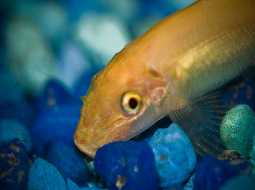
- Ph: 6 - 7.5
- Temperature (c°): 22 - 30
- Measures: 15 cm - 25cm
- Aquarium Capacity:
125 Liters - 33 Gallons - Alimentación: Herbivores, Snail
- Colores: Brown, Yellow
- Comportamiento: Likes to take refuge, Night, Territorial, Territorial with its species
- Habitad: Asian
- Preferencias del Acuario: Logs, Natural plants, Rocks, Sand
- Tamaño: Medium
- Taxonomía: Fish
- Tipo de Agua: Sweet water, Tropical waters
- Velocidad de nado o movimiento: Fast
- Zona de Nado: Aquarium background

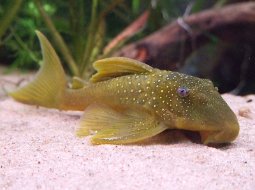


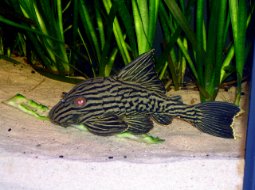
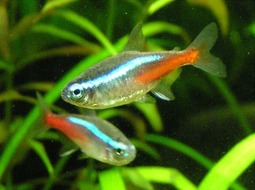

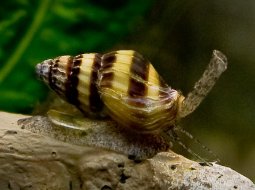
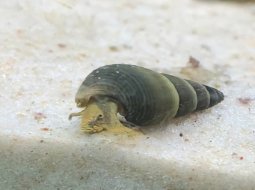

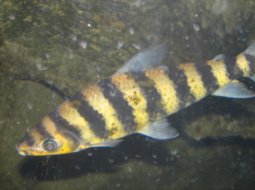



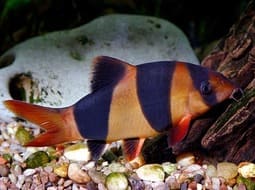
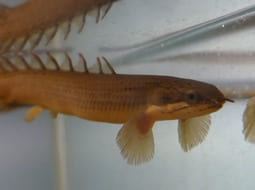
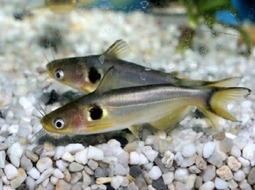
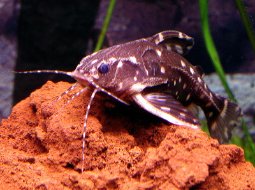
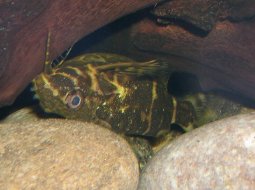

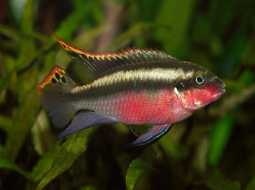
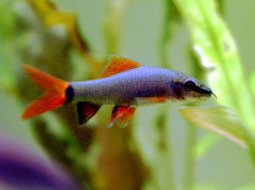
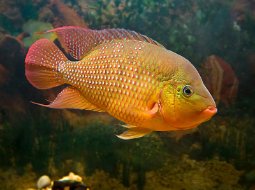
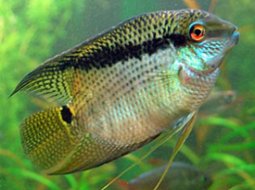
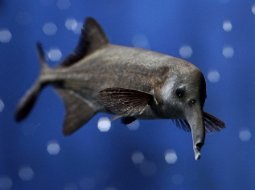
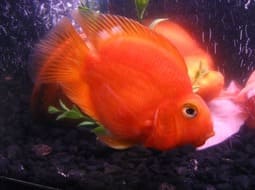
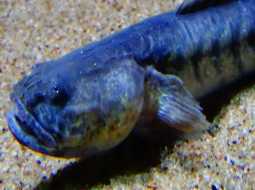
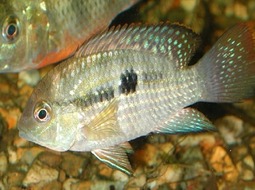
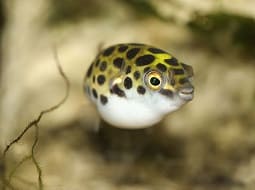
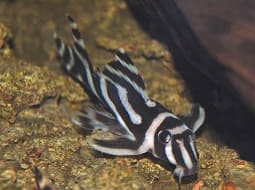
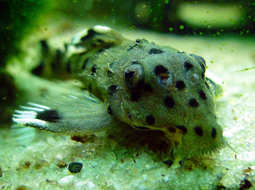
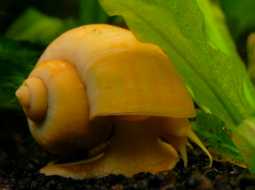

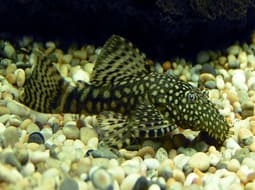
.jpg)
